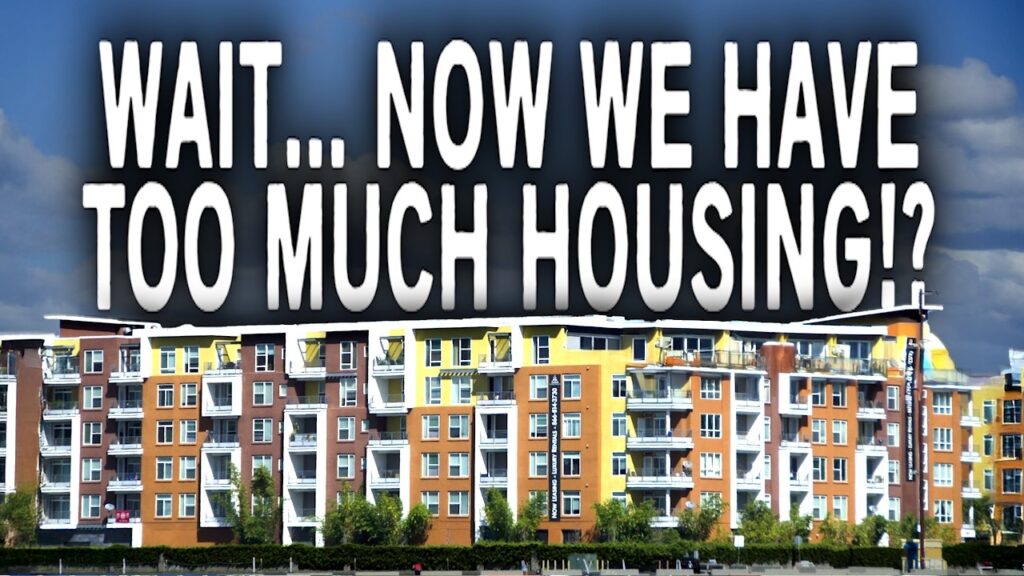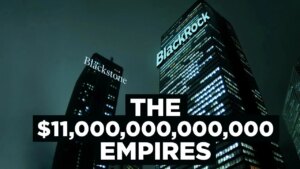The Luxury Housing Bubble: Why High-End Apartments Are Sitting Empty While America Needs Affordable Homes

America has a housing problem but it’s not just a lack of homes. It’s a misallocation of resources, fueled by profit-driven development and financial manipulation that’s left us with a glut of luxury units and a staggering shortfall in affordable housing.
The Myth of a Building Boom Solving the Crisis
On paper, construction is booming. New housing starts have surged to near-record highs, but most of what’s being built doesn’t help the people who need homes the most. Developers have chased higher profits by building high-end properties, leaving an estimated shortage of over 4 million affordable homes. Construction costs are up, supply chains are disrupted, and developers are playing it “safe” by going upscale. The result? An oversupply of luxury rentals that no one can afford and a market teetering on the edge of collapse.
A Crash Echoing History
This isn’t the first time we’ve seen a construction surge. The 1970s experienced a similar boom, driven by federal subsidies and baby boomer demand. But that boom ended in disaster with the 1973 recession and oil crisis. Today’s version is propelled by DINK (dual income, no kids) households, remote work, and artificially low interest rates following the 2008 crash and COVID-19. But once again, the party may be over.
Flashy, Fragile, and Financialized
Modern luxury housing often disguises itself in high-gloss marketing. Developers use cheap materials and label it “premium” to justify exorbitant prices. These buildings are then bundled into REITs (real estate investment trusts) and sold off to investors, focusing on financial returns rather than livability or longevity. Cap rates are manipulated through high rents and “free” incentives like free months or even gifts for signing masking weak tenant demand and unsustainable pricing models.
Structural Problems, Literally
Even the most prestigious buildings aren’t immune. Take 432 Park Avenue an ultra-luxury New York high-rise now infamous for water damage, elevator failures, and lawsuits. Across the country, mid-rise developments use flimsy construction methods like the popular “5-over-1” style: five wood-frame stories atop a concrete podium. These buildings often lack durability, long-term safety, and accountability as developers, contractors, and investors shift responsibility.
Hidden Costs of Density
High-density housing can reduce suburban sprawl and car dependency but only if done right. Instead, we’re getting expensive, under-occupied units that drain city services. Municipalities must support new developments with infrastructure like roads, schools, waste disposal, and emergency services. And when the units sit empty, the tax base doesn’t grow, while the cost burden remains.
Market Saturation Meets Economic Reality
Many of these “luxury” properties aren’t renting, forcing landlords to offer aggressive concessions to mask the cracks. Developers are racing to fill units before their construction loans mature loans often secured during a period of low interest rates that are now resetting higher. It’s a ticking time bomb for firms with heavy debt and empty buildings.
The Affordable Housing We Didn’t Build
The saddest part? Medium-density housing triplexes, garden-style apartments, small multifamily developments could have made a real difference. It’s more efficient, sustainable, and cost-effective. But the profit wasn’t there, so developers chased the glitz of high-end real estate instead. Now we’re paying the price: fewer homes people can actually afford, and more vacant towers full of empty promises.
All writings are for educational and entertainment purposes only and does not provide investment or financial advice of any kind.





